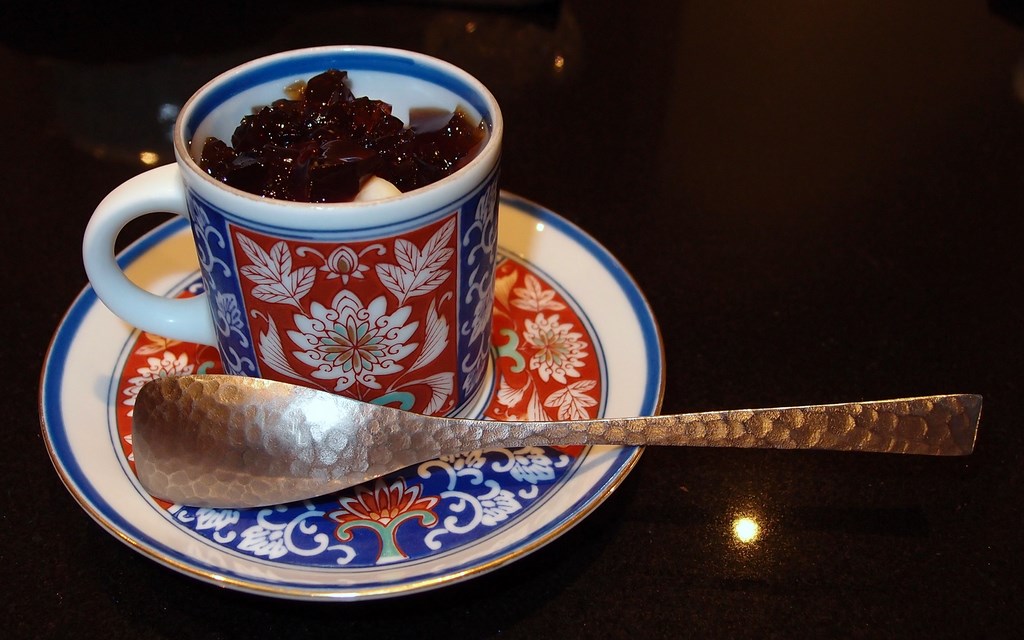WAGASHI PATISSERIE TRADITIONNELLE JAPONAISE
Wagashi signifie pâtisserie japonaise traditionnelle. Les quatre saisons très marquées du Japon, le mode de vie des Japonais, la littérature, la peinture, la musique et les différents aspects de la culture japonaise peuvent se retrouver dans les wagashi.
Les ingrédients utilisés sont l’azuki, le sucre, la farine de riz et de blé, l’agar-agar etc. Les pâtisseries japonaises sont peu caloriques et riches en fibres. Elles se distinguent également par leur parfum naturel et discret. Les Wagashi, outre leurs vertus diététiques, diminuent les carences en sucre, réduisent le stress et détendent l’esprit.
----------------------------------------------
Wagashi (和菓子 wa-gashi) is a traditional Japanese confectionery which is often served with tea, especially the types made of mochi, azuki bean paste, and fruits. Wagashi is typically made from plant ingredients.
----------------------------------------------
Wagashi (和菓子 wa-gashi) is a traditional Japanese confectionery which is often served with tea, especially the types made of mochi, azuki bean paste, and fruits. Wagashi is typically made from plant ingredients.
In Japan the word for sweets, okashi (お菓子), originally referred to fruits and nuts. China learned from India how to produce sugar and began trading it to Japan. The trade increased and sugar became a common seasoning by the end of the Muromachi period. Influenced by the introduction of tea and China's confectionery and dim sum, the creation of wagashi took off during the Edo period in Japan.
